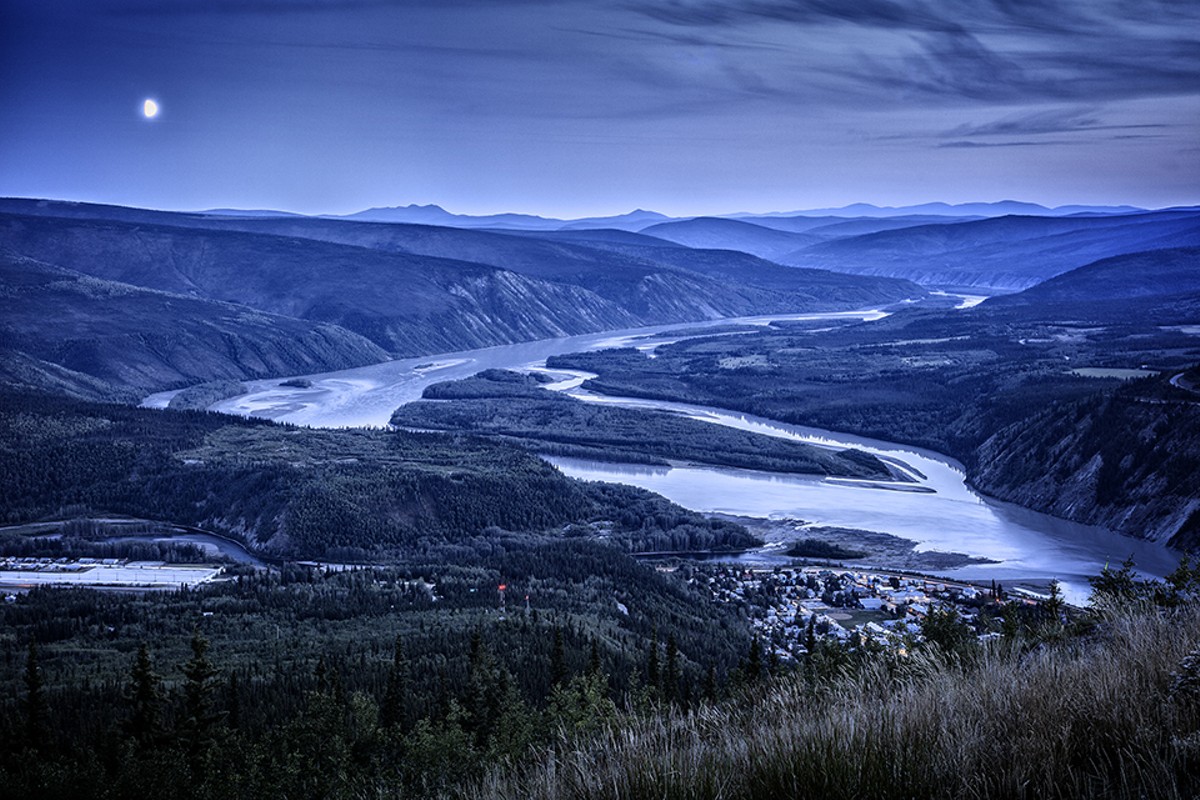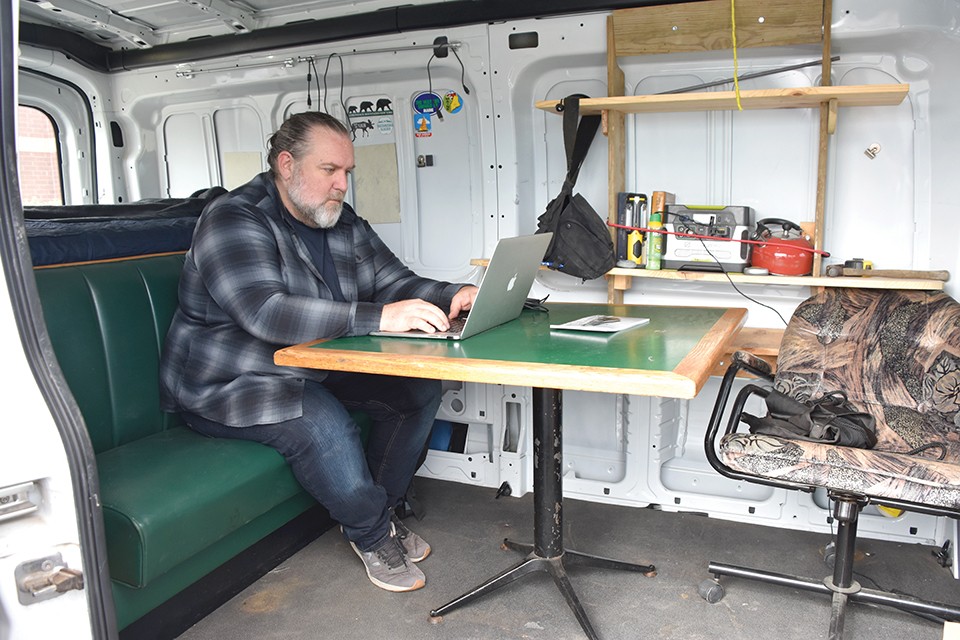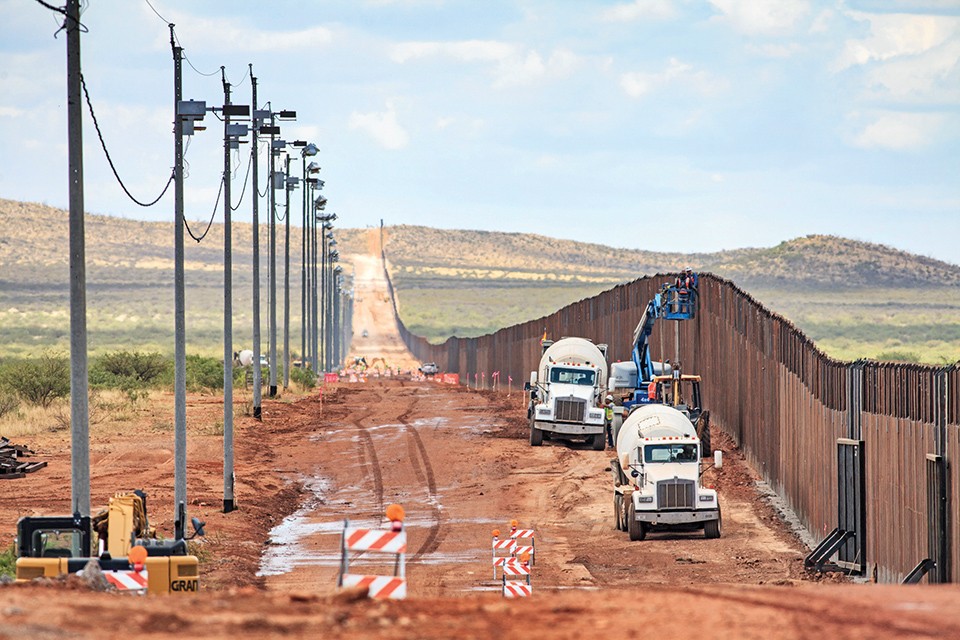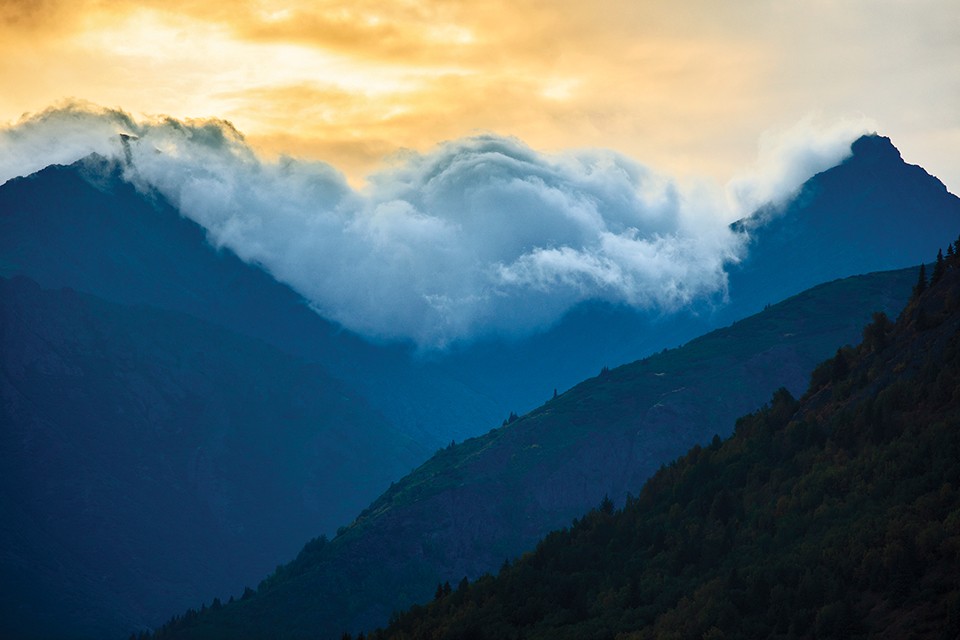Stranded near the northern tip of Alaska, Joshua Rowan knew what he had to do.
"I stripped down to my boxers and a T-shirt, in the Arctic, fully expecting what was about to happen," the 44-year-old recalls. "Luckily, it went relatively quick."
He had been lured astray by a herd of musk oxen. Rowan, a longtime St. Louis photographer and artist who spends months at a time traveling and living out of a high-top van, had in the previous days followed a desolate Alaskan road called the Dalton Highway to its northern terminus near the unincorporated oil town of Deadhorse. He was now on his way back south, eager to make it through the mountains before the late summer snows could trap him uncomfortably close to the Arctic Ocean for the winter.
He had seen reindeer, caribou and grizzly bears on the trip, but the otherworldly sight of the shaggy-haired musk oxen persuaded him to pull over and grab his camera. It had been a while since he had spotted any of the tractor-trailers that are the main travelers of the Dalton, hauling oil alongside the Trans-Alaskan Pipeline System. Rowan figured it would be fine to leave his mud-caked Ford Transit parked on the road and walk down the slope from the highway into the tundra for a better view.
"Sure enough, inside of a minute, here comes this eighteen-wheeler, great big oil truck," he says.
He hopped back behind the wheel of the Ford and tried to edge off the road to make room, but quickly felt the van sliding down the steep shoulder.
"The more I tried to get back onto the road, the more it was slipping down off the road into the boggy tundra," Rowan says. "I'm like, 'Crap, let's hope somebody comes along before too long.'"
He was in luck. After a short wait, another tractor-trailer stopped to help. The driver instantly recognized the problem and set about finding a tow chain. Rowan's task was to crawl down in the muck and somehow get far enough under the sunken van to find a place on the frame to hook the chain. It was messy, and he did not want to ruin any more clothes than necessary. After stripping down to the essentials, he went to work.
"I got like half of my face and the back of my head down in this mud to get up underneath my vehicle, and I'm just so freaking dirty, but we got it right back up on the road within like five minutes," Rowan says. "But it was about a day and a half from anywhere to get to wash off properly, so I just had to have a half face of mud going back up over the mountains."
He tells the story on a recent afternoon in the comparatively bland surroundings of a Panera Bread in Fairview Heights, Illinois. He has been home a few weeks and will leave in three days for Scotland. He is dressed simply but nicely in a gray flannel and dark jeans. His longish salt-and-pepper hair is pulled back. The restaurant dining room is filled with the low din of a couple dozen other customers.
Over the years, Rowan has begun executing a plan that lets him spend less and less time in places like this and more time in the wilder spaces of this country and others. The goal, simplified, is to travel more. He would like to spend as much as half of his life on the road. There remain practical challenges to making that happen, but he is making progress.
He has twice driven the length of the southern border wall to see and document the land and communities there in case the president gets his way, and they are separated by a matte black wall.
He has walked among the ethereal rock formations of Goblin Valley, photographed motorcycles illuminated in the fluorescent glow of a pool hall in the Dominican Republic and captured the ghostly green light of Icelandic nights.
Lots of people dream of doing this, and probably have ever since the majority of humanity gave up the nomad life and settled down. They feel the wanderlust and imagine ranging freely across the land, but they do not actually go. They have car payments and mortgages, offices where they are expected and children to drop off at school. Rowan, who is not so different from them, can detect their yearning in their reactions to the photos he posts online from his travels. What is it that makes him go, and the rest of us stay?
"I heard from more people on this trip than I ever did before that I could just tell they were tired of their jobs, they were tired of relationships, they were tired of whatever system or situation they had built up for themselves," Rowan says, sitting in a corner of Panera. "They were looking for something new and looking for something more, and thought I could give them some sort of piece of advice to make their life better. And I don't know what that is."
When he was a kid growing up in rural southern Illinois, Rowan and his family did not travel.
"We never really went anywhere," he says.
A subscription to National Geographic was about as close as he came to seeing anything more exotic than St. Louis. He remembers that his uncles once took a cross-country motorcycle trip. He did not have any experience with anything like that, but he knew they were out exploring in a place that was different from southern Illinois.
"One of them had taken a Polaroid camera with them, and they showed me this photo of a mountain," he says. "I know that somewhere that ended up resonating through me. I don't remember consciously going, 'When I grow up, I want to take that trip and see that mountain or go chase that thing down,' but just that one little act planted a seed somewhere in me."
However, it still would be years before it grew into anything more. After a short stint in community college, Rowan became a tattoo artist. He had always been interested in art, and tattooing spoke to his creative impulses. He developed a particular talent for creating "flash," the designs that shops post on their walls for customers to consider before committing ink to skin. In his twenties, Rowan moved to St. Louis and worked at shops around the city where his coworkers were a crop of other ambitious artists.
"We were all drawing our butts off and making flash," he says.
The reasons he first started to branch out to other cities are a little hazy. A slight competitive streak may have had something to do with it, but he says he was motivated primarily by the need to make some quick cash. He recalls wanting some extra money to take a girlfriend on an outing at one point and scrambling to cover a tax bill at another. Traveling was just the means to an end. Whatever the reason, he took a quick trip to Florida in the early 2000s, carrying a sheaf of his work in hopes of selling designs to tattoo shops there. He was not sure what to expect.
"It was scary," he says. "Tattoo people are scary sometimes."
Ultimately, however, they were fellow artists — and they liked his work.
"I found out I could take off and drive around the country and spend a couple days dive-bombing tattoo shops ... get a chunk of money in my pocket and then disappear for a couple of week out in national parks," he says.
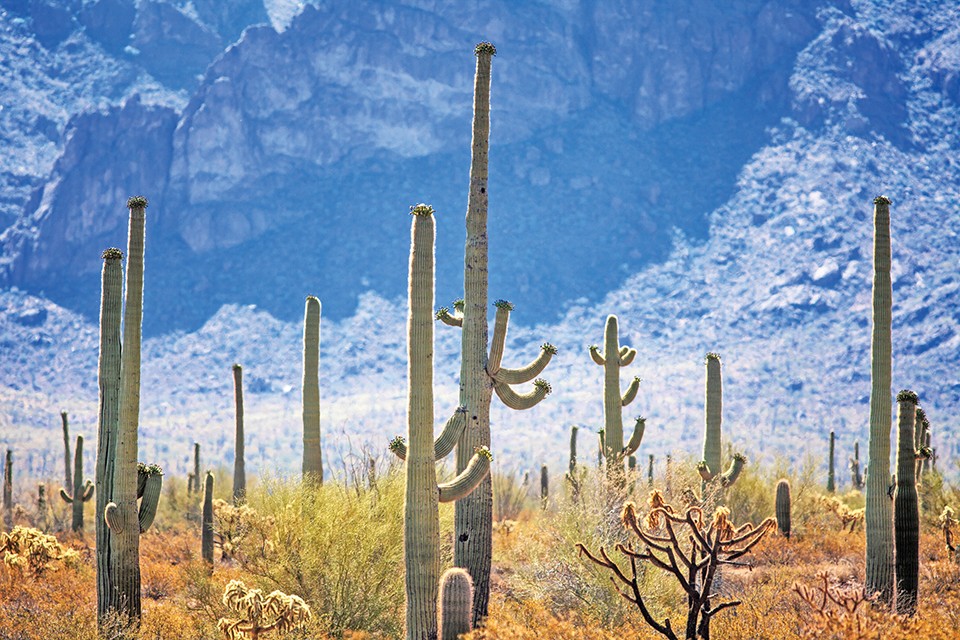
That is how he started traveling. In 2003, he managed to stay out on the road for three months, traveling up the West Coast from San Diego to Seattle with pit stops at Kinko's or FedEx stores to make more copies of his artwork to sell in shops.
"Really, by the time you're out for a month, you notice something is happening to you. You've really settled into the ways and the mode of what traveling and being out there requires."
In the beginning, Rowan had many of the same tethers that keep most people from straying too far from home. But he has slowly, consciously stripped much of that away. He no longer tattoos. It did not make sense to keep a chair at a shop if he was going to be gone much of the time. He initially shifted entirely to freelance design and illustration work. Along with the flash he sold at shops and through a catalogue company (he estimates he had designs in fully half of the tattoo parlors in the United States at one point), he maintained a roster of maybe 40 clients for whom he drew posters or labels or whatever was needed.
He could do a lot of the work on the road, but it also required an incredible amount of coordination. In 2012, he started illustrating and designing on a contract basis for 4 Hands Brewing Co. The St. Louis beermaker was looking for someone with a tattoo artist's flair, and Rowan was that guy. You have seen his work if you've ever picked up a 4 Hands can or bottle. Among the dozens of beer designs are little chocolate peanut butter monsters for the Absence of Light stout, a grinning skull for a red IPA called Snake Oil and midway performers advertising the brewer's annual Lupulin Carnival.
It soon turned into enough work that he could pull back from the chaos of handling dozens of clients. It simplified things, and that made it possible to travel more. These incremental steps get him closer to his goal. He makes a change, which frees up time and resources to travel. He makes another change and travels a little more. He calculates that in the past four years he has spent a total of one year on the road.
His newest strategy is selling $12 monthly subscriptions to books of his travel photos. They are about the same thickness as a National Geographic, and he imagines a collection of them building up on bookshelves, just as the yellow spines of the magazines had in his youth. Ideally, he would travel and then return home to ship a new edition every two months. He is not there yet, but he can imagine it.
At times in his traveling life, Rowan had thought a lot about going to Mexico for different projects. But he worried about safety.
Much of the news coming out of the country focused on gangs and fearsome cartels, highlighting kidnappings and murders. The reported violence loomed in his mind until one day he was driving a Missouri highway and noticed a blinking sign warning people to buckle their seat belts, because hundreds of people had died in crashes that year.
He wondered why he worried so little about driving that road where people were killed at an alarming rate and worried so much about Mexico, where the odds of anything happening to him were actually far less.
"This wave of realization come over me," he says.
That simple reframing persuaded him to finally make the trips he had put off. In May 2017, he drove the southern border for the first time from the Gulf of Mexico to the Pacific Ocean, passing through eighteen border towns as he zigzagged for five weeks back and forth between the United States and Mexico.
He found scenes different than any he had heard about — farmlands that extended across the line, rafting companies along the Rio Grande for recreational float trippers, impenetrable canyons. In some stretches, he was stopped three or four times per day by border agents who were suspicious of a guy driving deserted back roads in a large van, he says.
"More times than not, whenever the border guards realized that I was telling the truth and I was down there to do just what I told them I was doing, they were up for talking about places along their routes that they knew of that might not be on the map or I might not be aware of that I might want to go photograph," he says.
He made the drive again the next year, in November 2018, when talk of a migrant "caravan" dominated the news. He went expecting to see razor wire being installed, troops converging and conflict.
"I traveled the entire border and saw none of that," Rowan says.
Instead, he found a quieter, calmer reality and left with a sense that the supposed crisis had been mostly manufactured and that trying to wall off the two countries was a "ridiculous idea."
It also reminded him that we can scare ourselves away from chasing a dream. He applies a simple test: "The ultimate question is, 'Am I going to die from trying to live this other way that all the forces are telling me are stacked up against me?' More than likely not," he says. "I might have to downgrade to a smaller car or lose some sort of comfort in my life, but ultimately I'm not going to die. Everything should be fine, right? So why not try it?"
Seventeen or eighteen years have passed since Rowan's first trip to Florida to sell flash. In that time, he has changed his life so fundamentally that he feels more natural living out of his van than he does staying still in St. Louis.
He is not fully nomadic. He still feels the pull of seeing family and friends throughout the St. Louis region and southern Illinois, and he builds his trips around rough outlines that have a natural conclusion — drive the Dalton Highway to its end, follow the southern border from east to west. ("You have a reason to go, but you also have a reason to come back.") And although he says he is totally fine logging days at a time without seeing anyone — without even hearing the sound of his own voice — he has noticed changes in his behavior that suggest a creeping loneliness somewhere in his subconscious. He finds himself lingering at gas station counters, conversing a little longer in grocery store lines while re-stocking his supplies and chatting up the occasional stranger he meets while hiking in the woods and mountains. He finally gave up his apartment of eight years in the ArtLofts downtown a few months ago, but now his thoughts drift to buying a place to establish more of a home base. He wonders whether he will find a relationship given this lifestyle, or if that will always be a tradeoff for his compulsive wandering.
Still, the alternative of staying in one place long enough to become rooted once again feels intolerable.
"I actually physically ache if I go too long without seeing a mountain," he says.
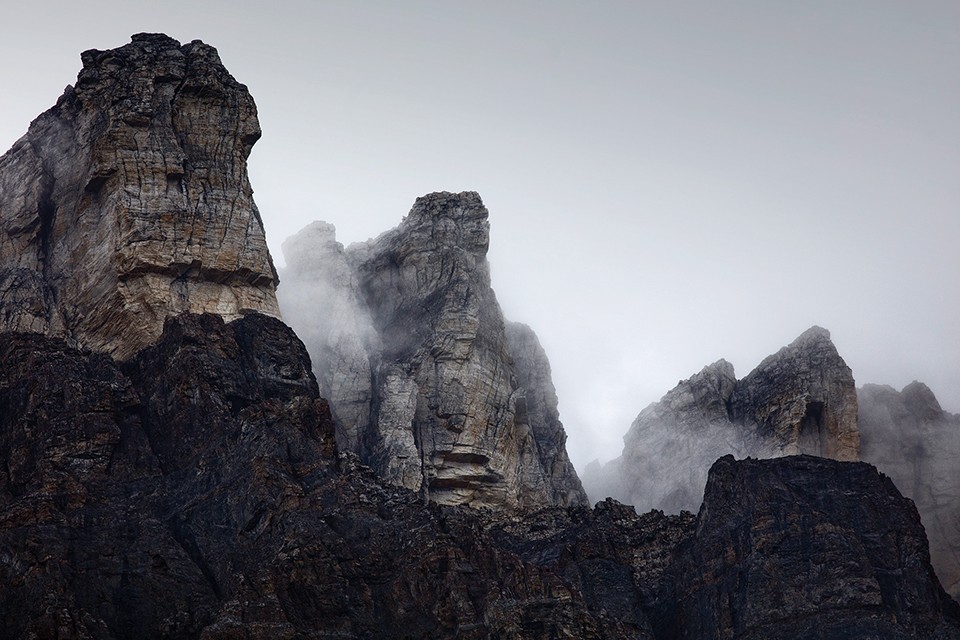
On this latest stretch at home, staying in a converted horse barn on his family's land in southern Illinois, he has struggled with something almost like withdrawal from the landscapes he ingested on his latest trip to Alaska and British Columbia.
"It was so majestically beautiful. I'm surprised I didn't see a unicorn, you know, some of the places I was on, because it was so overwhelmingly beautiful on a day-to-day basis, seeing these incredible places every single day," he says, sitting in the corner of the Panera.
"All of a sudden you have to come home, and you find yourself just kind of sitting inside, and there's no more places to go and nothing to do like that. To me, it got me a little bit. Several times, if there wasn't certain obligations I had, I would have just packed up and left again."
His van is outside in the parking lot. The Ford is his third van after a couple of Mercedes-Benz Sprinters, and maybe you would expect it to look like the photos from those #vanlife Instagram accounts, like a little cabin designed by Ikea. But it just looks like a work truck. He has a repurposed restaurant booth bench and a little square table with a camouflage office chair. A small bunk stretches across the back with a little bit of room for gear beneath it. He has a hot plate, but no kitchen. There is no running water. And yet, it feels as much like home as anything in his life right now.
"Give me twenty minutes," he says, "and I'm on the road for a month."
To see more of Joshua Rowan's work go to his website.
